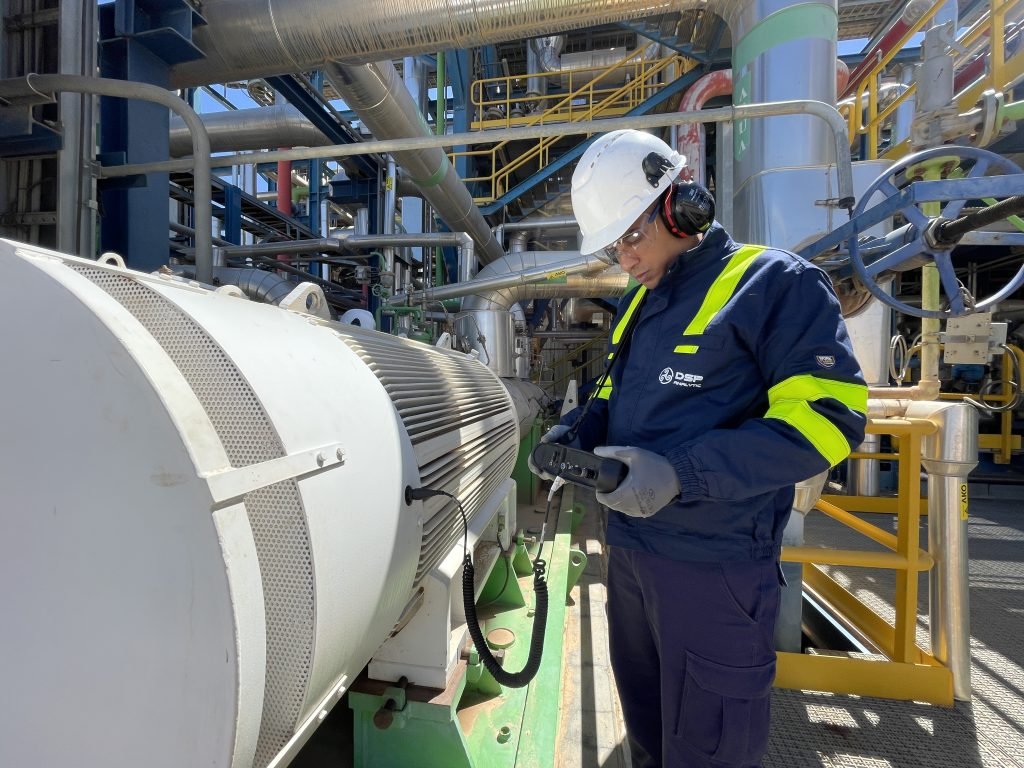Use of phase to confirm machinery failures
It’s on every vibration fault chart, it’s taught in vibration classes, and it’s used for balancing, but how often do vibration analysts use phasing to confirm faults?
Using phase analysis to test for faults detected during an inspection can really help verify problems in your machines. Phasing, particularly cross-channel phase analysis, when applied correctly can do much to improve the effectiveness of a vibration program.
Cross-Channel Phase is an integrated feature in most modern vibration data collectors. By using two accelerometers on two channels, we can take data simultaneously and compare the impact on the operating speed of one sensor compared to the other. The difference is shown in degrees, 0-360 represents the position of the shaft when the impact occurs compared from one sensor to another. Using this data, we can determine how the machine train moves and, therefore, identify many of the different faults associated with 1x and 2x vibration with great confidence.

Misalignment: to use the phase to determine the alignment condition, you must perform two tests. First, I check the vertical phase along the coupling, if it is at 180 degrees, you know there is an offset misalignment condition that needs to be addressed. Next, take another axial reading making sure the sensors are both in the same direction: 180 degrees out of phase here indicates an angular misalignment condition.
Structural looseness: to find where the structural problem is, place and leave the reference sensor vertically on top of the equipment that you suspect is loose. Then, take the second accelerometer and start taking readings downward at the base. You will find that there will be a significant phase shift in the point at which the problem needs to be addressed. All components that are firmly attached will vibrate in phase and the loose component will be out of phase.
Mechanical looseness: the phase characteristic associated with internal clearance problems, either on the bearing shaft or in the housing, will be a constantly changing phase. With mechanical slack, there is no consistency in when or how impacts occur.
By using phase analysis techniques and knowing the characteristics of the failure modes, you can confirm the diagnosis on the machines and rely on the recommended repairs.
For more information, please contact us.
Subscribe to our newsletter
Keep up to date with all the latest news on predictive maintenance and reliability!



